The Fish N Fool Knot is a lesser-known fishing knot, used to attach a fishing line to a hook, lure, or swivel.
It became more known after it won the North American Fisherman series called “Knot Wars” in 2010. It proved to be stronger than other popular fishing knots, like the Berkley Braid, Palomar, and San Diago Jam Knots.
Quick Guide: Tying the Fish N Fool Knot
If you know how to tie the Uni Knot, then tying the Fish N Fool knot shouldn’t be an issue. It’s tied identically, only with two turns around the eye of the hook.
Make two turns around the eye of the hook and leave a rather long section of the fishing line to work with (step 1). Place it parallel to the standing end, create a loop (step 2), and wrap it 5-6 times around both lines (step 3). Lubricate and tighten the main structure of the knot (step 4). Finally, slide it close to the eye of the hook to finish it (step 5). Cut the tag end short.
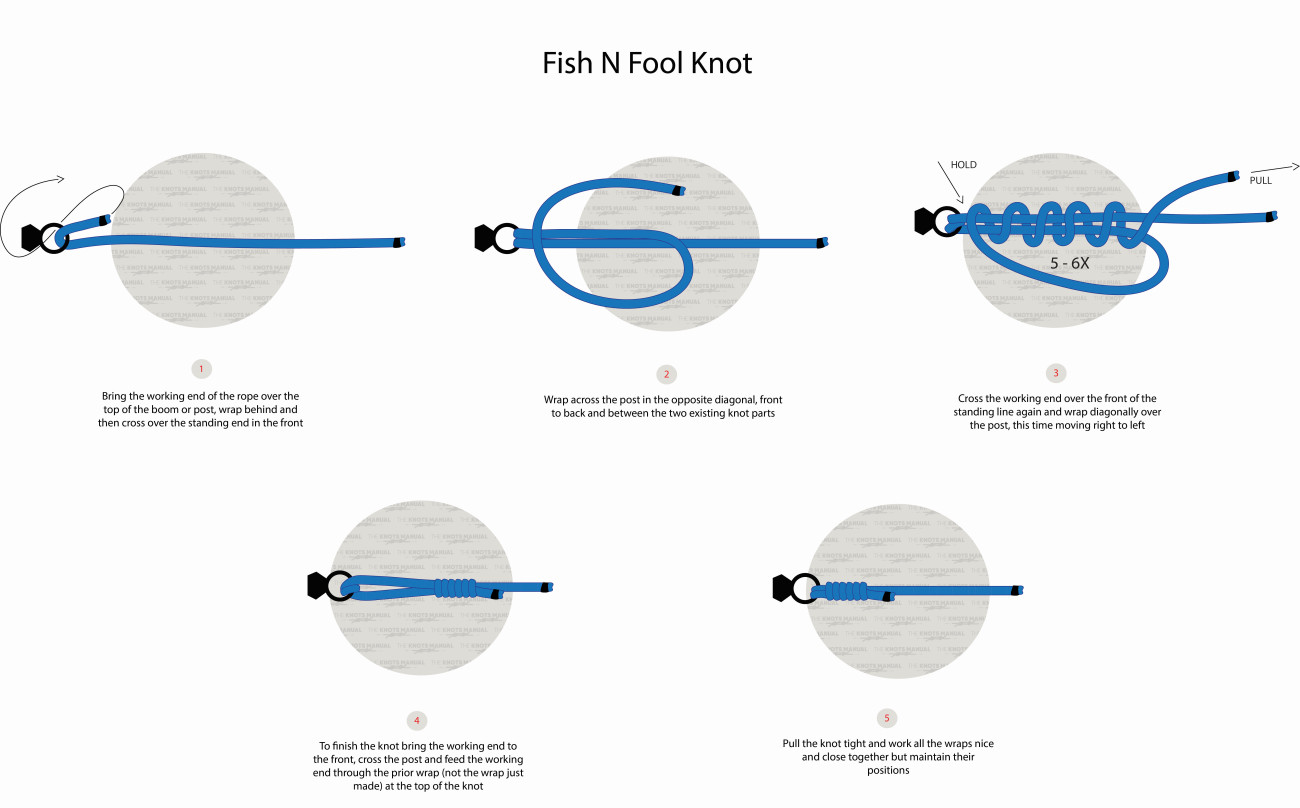
Pros and Cons of the Fish N Fool Knot
The main advantage of the Fish N Fool Knot is that it is very strong. On average, it holds 125% of the fishing line-breaking strength. This means that in theory, it should never fail – the fishing line should always break first.
It also works with all types of fishing lines, including monofilament, fluorocarbon, and braided. It’s especially useful for braided lines because other fishing knots have a tendency to slip with it but not the Fish N Fool Knot.
Another advantage is that it is somewhat easy to tie. Most fishermen know the Uni Knot, and the Fish N Fool Knot just introduces another wrap around the eye of the hook.
Its only disadvantage is that it’s hard to tie in freezing temperatures or during nighttime. That’s because making the loop in step 2 and then doing the 5-6 wraps can be difficult with gloves or in poor light conditions.
Common Uses for the Fish N Fool Knot
The Fish N Fool Knot is usually used to attach a fishing line to a hook, lure, or swivel. It’s usually used with braided lines to catch heavier fish to take advantage of its high breaking strength.
In theory, you could also use it to connect two fishing lines. Just like with the Double Uni Knot, you can tie it around another Fish N Fool knot to create two identical knots facing in opposite directions. But in practice, it usually isn’t used for this purpose.
Knots Like the Fish N Fool Knot
Palomar Knot: A popular and strong alternative to the Fish N Fool Knot. It also works with all types of fishing lines and is easier to tie. Even though it’s very reliable, the Fish N Fool knot has a higher breaking strength.
San Diago Jam Knot: Another alternative to the Fish N Fool Knot because it also works with all types of fishing lines. It’s similarly hard to tie and is stronger than the Palomar Knot, but not as strong as the Fish N Fool Knot.
Uni Knot: A Fish N Fool Knot, only with one turn around the eye of the hook. It’s less secure but still considered pretty reliable. Its main advantage is that it is universal – you can use it with any type of fishing line, in any conditions, and also to connect two fishing lines.
Improved Clinch Knot: A very popular fishing knot for monofilament and fluorocarbon lines. It holds about 90% of line-breaking strength and is very easy to tie.
Trilene Knot: Another popular fishing knot used for monofilament and fluorocarbon lines with a 100% breaking strength.
Eye Crosser Knot: A new fishing knot that has outperformed other popular fishing knots, like the Palomar Knot. It can be used as an alternative to the Fish N Fool Knot when fishing heavy fish.
In-Depth Guide: How to Tie the Fish N Fool Knot
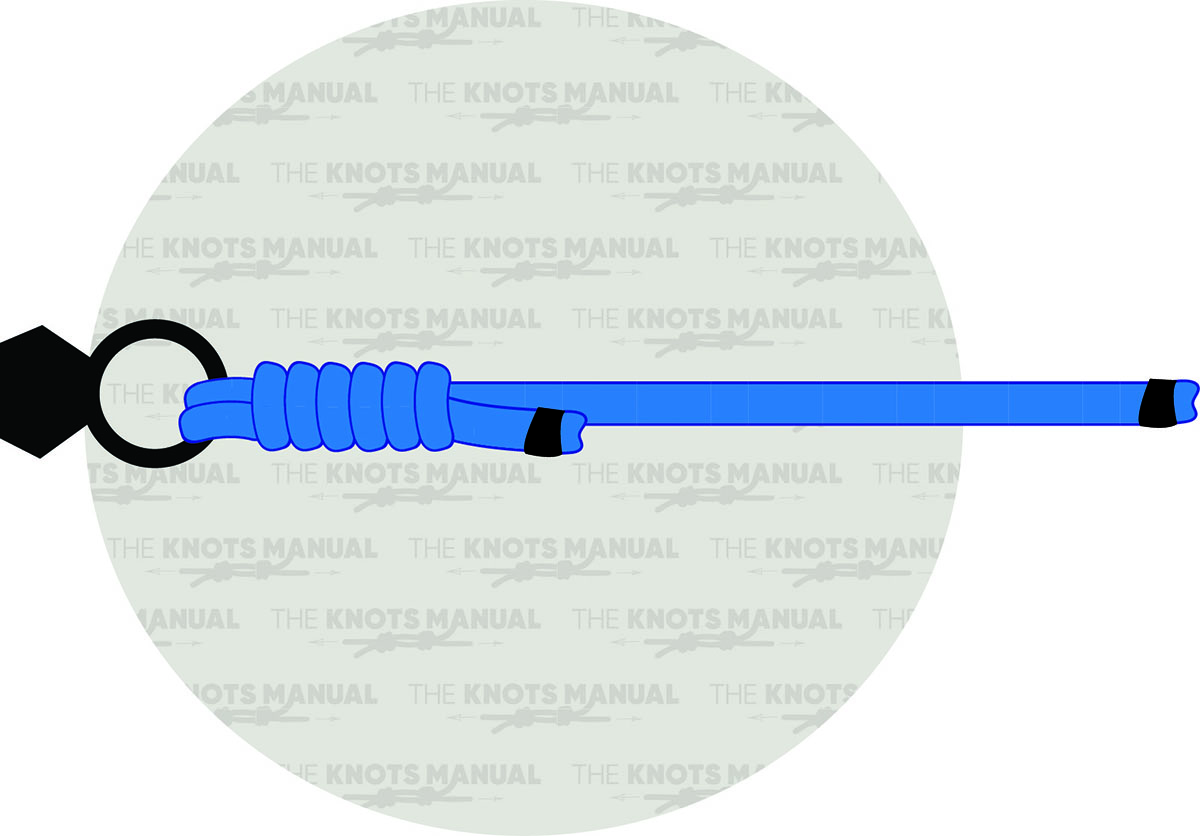
A step-by-step guide on how to tie the Fish N Fool Knot.
Step 1:
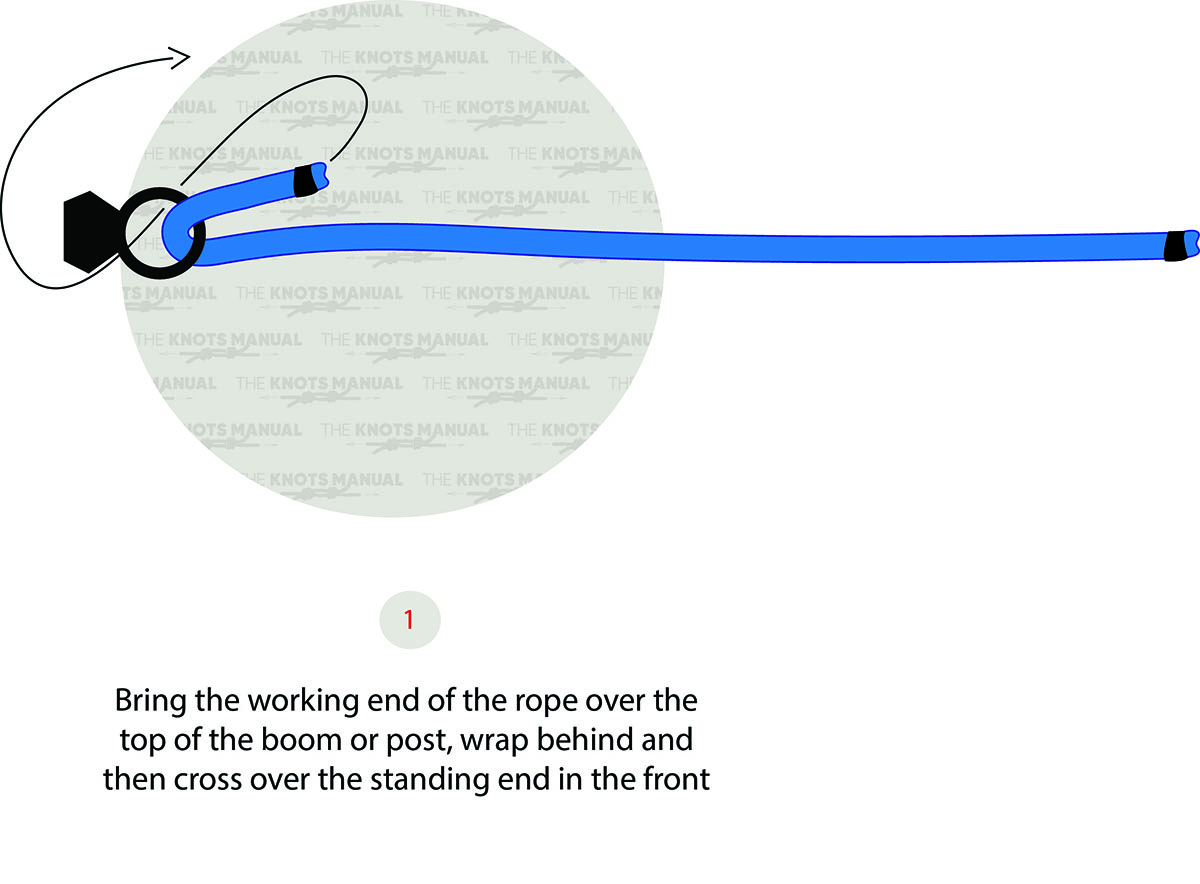
Pass the end of the fishing line two times through the eye of the hook/swivel.
Step 2:
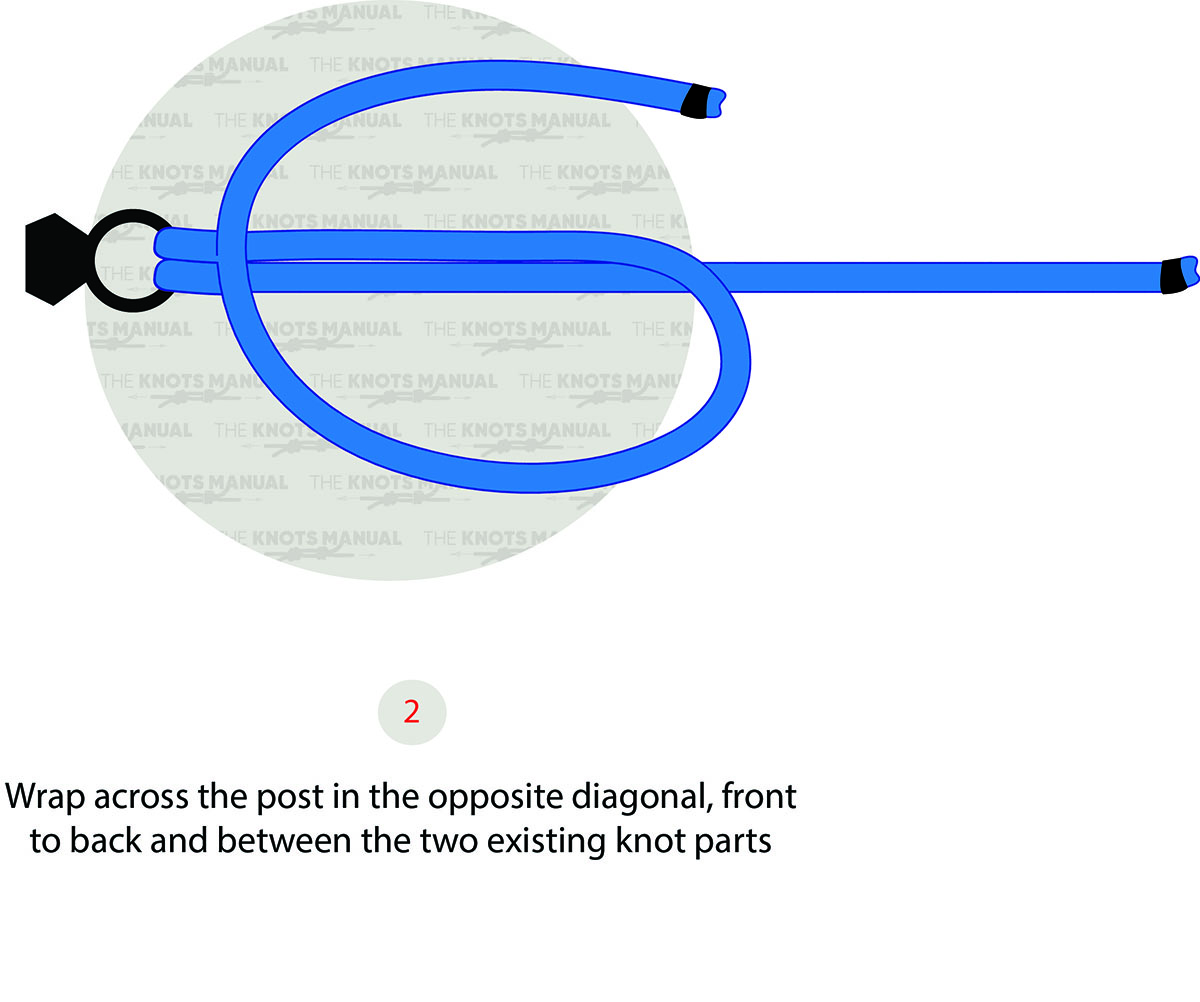
Place the end parallel to the standing line and form a loop in front of it.
Step 3:
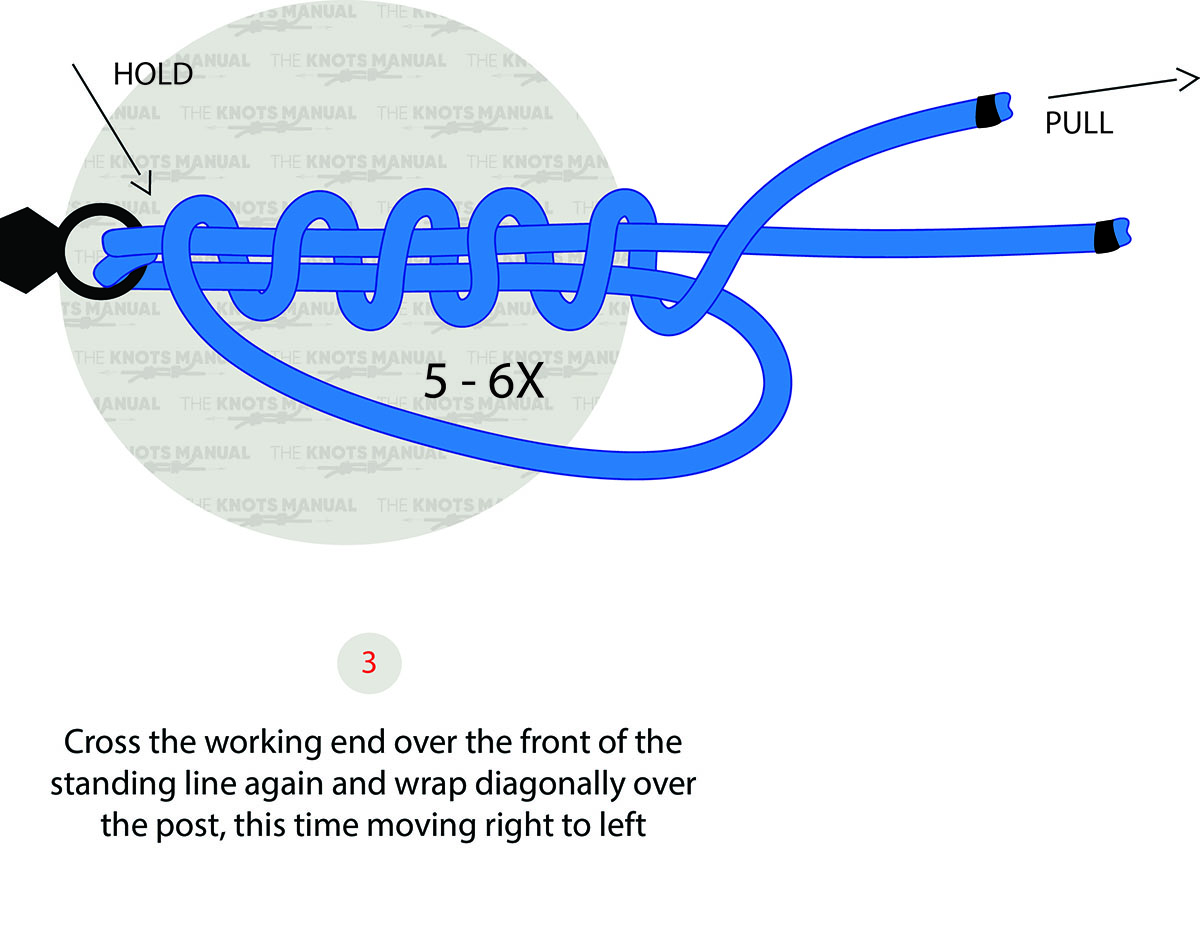
Wrap the end 5-6 times around both parallel strands. Finally, lubricate and tighten the knot to finish the main structure of the knot.
Step 4:
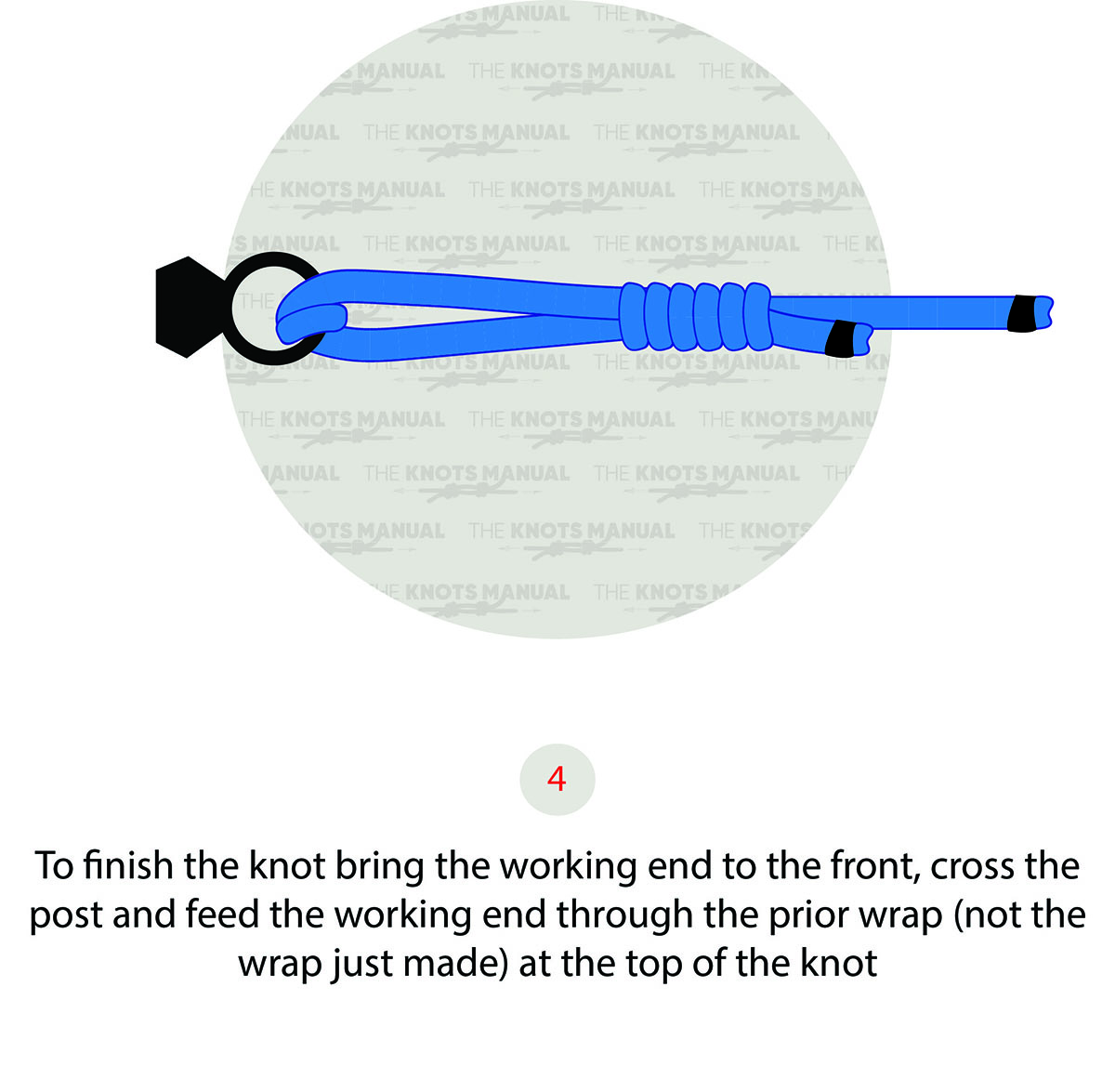
Pull the knot close to the eye of the hook by pulling on the standing end.
Step 5:
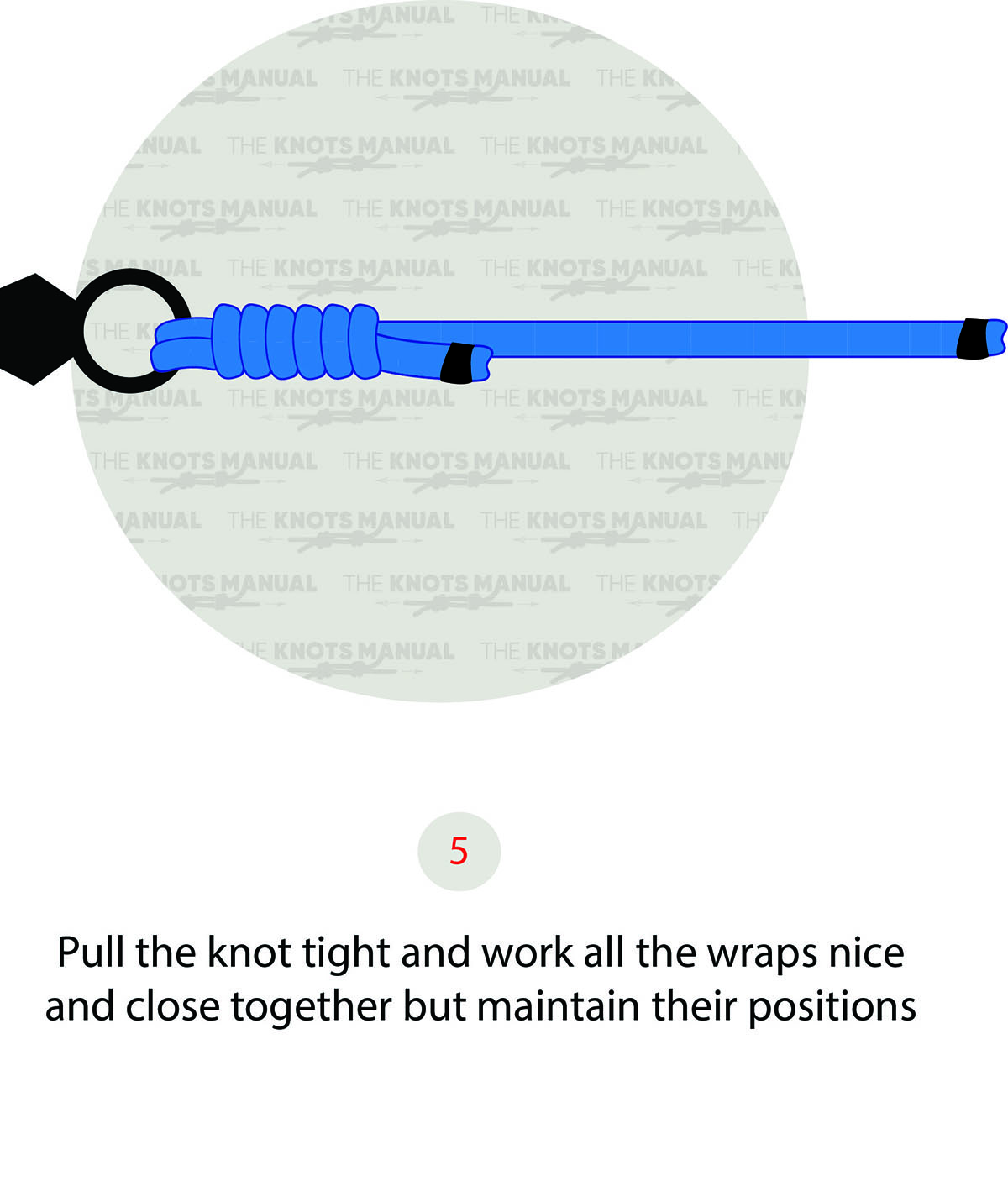
Cut the tag end short to finish the knot.
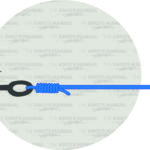
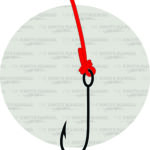
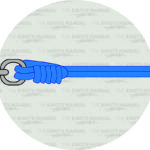
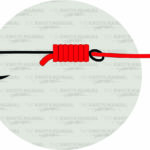

How does one keep the double line through the eye of the hook from jumping out of alignment when tightened? Does it matter if it is aligned or not? The tighter loop generally slips under, and the less-tensioned part of the double loop slips out to one side. Does it matter which side (relative to the knot) the more tensioned part of the double loop starts out on?